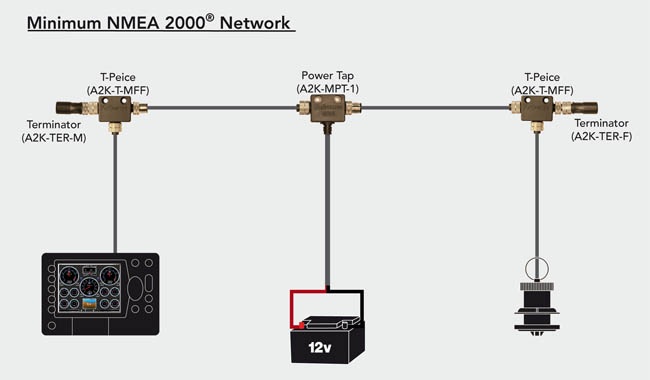
A question we’re often asked about is the cost of NMEA 2000 networks, how much it costs to build them, maintain them and upgrade them. Whilst there isn’t one defined answer for this as there are a vast number of factors involved, the aim of this article is to provide a rough insight.
Of course, the main thing to consider is the size of the network, and the instruments required. For a leisure or casual boater on a 30ft boat, your costs will not be the same as a 150ft luxury superyacht, both in terms of cabling costs and installed instruments.
For this example, we’re going to use a fairly common scenario that we come across;
Twin analogue diesel engine boat, where the owner is looking to overhaul the system, replacing the legacy equipment with modern NMEA 2000 devices. They need a GPS, AIS, MFD and digitised Engine Data.
As with most electronic products, the price increases as the capability and features increase. This is pretty standard, and the marine industry is no different. However, this does not mean that you need the most expensive equipment to get good results. As an example, look at mobile phones… if you simply use your phone to make texts and calls, you don’t need to go out and purchase the latest iPhone, and an older / more basic model will do everything you need it to.
The purpose of the article is to show how a fully functional, safe system can be created without costing the world. Sure, you can go out and buy ‘top of the range’ equipment, but do you NEED it? Buying to fit your own requirements makes much more sense and is usually kinder to your wallet.
GPS – Global Positioning System
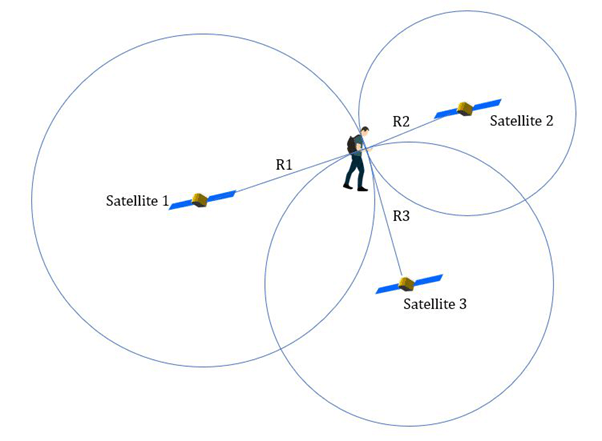
An NMEA 2000 GPS instrument can range from around £250, up to £1700… this is a huge price range and can be a very daunting market for a new buyer due to how saturated it is. The main point to consider is position accuracy. GPS’ can range widely, from 20m accuracy on internal GPS’, down to less than 1.5m accuracy on top of the range devices which utilise triangulation.
For around £300 (inc. VAT) you can get a 32 channel GPS, capable of outputting 5 position fixes per second, which has an accuracy of less than 2.5m range. For leisure use, something like this is perfect, high accuracy, low cost, good performance.
Want to keep an existing NMEA 0183 GPS onboard? Simply connect it with an NMEA 2000 gateway, like our NGW-1, to achieve clear bi-directional conversions between the two protocols.
AIS – Automatic Identification System
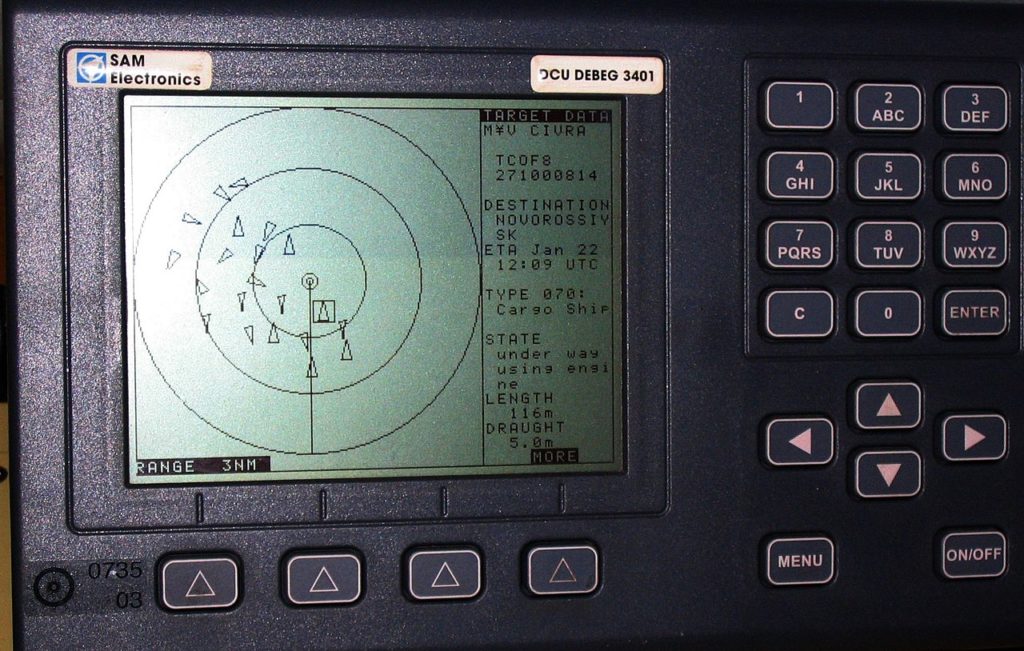
When we talk about AIS, the requirements and specs very massively, depending on the type of vessel it is required for. For example, a smaller leisure craft can use a basic class B AIS, which outputs all necessary information and helps improve safety on the water. In contrast, a cruise liner or cargo ship requires a class A AIS, which outputs at regulated times and provides more info, whilst also taking priority over class B.
If you choose to not transmit AIS (it is not compulsory for all boats), then you can just use an AIS Receiver, which price at around £300 – £450. For those who are looking to implement an AIS Transceiver (both send and receive), then prices range from around £600 up to £2500 for a fully operational class A system.
MFD – MULTI-FUNCTION DISPLAYS

To a certain extent, buying an MFD is similar to buying a PC for your home. The same principle applies of ‘better specs = higher cost’. Processors, display size, resolution, IP Rating, connections available and anti-glare etc all play a factor in how much an MFD costs.
A lower spec MFD will cost around £450, but for basic leisure sailing this is perfectly suitable. The MFD will display all safety and ‘mission critical’ data. At the top end of the scale, there are MFDs which cost over £10,000. For that price, you of course get top end specs and features… so really with an MFD it comes down to what you NEED vs your budget.
DIGITISING ENGINE DATA
There are two routes you can take with this… the expensive route is to replace your engine(s) with newer, digital NMEA 2000 / J1939 harnessed ones that already output CAN. Alternatively, you can use something like the Actisense EMU-1 to convert your old analogue engine data into NMEA 2000 data for your MFD to then display.
The price difference is extreme between the two options, with an EMU-1 costing around £450 and a new engine costing thousands. Most new builds now are created with NMEA 2000 engines already installed, but for those who are upgrading existing setups, the EMU-1 is a fantastic option.
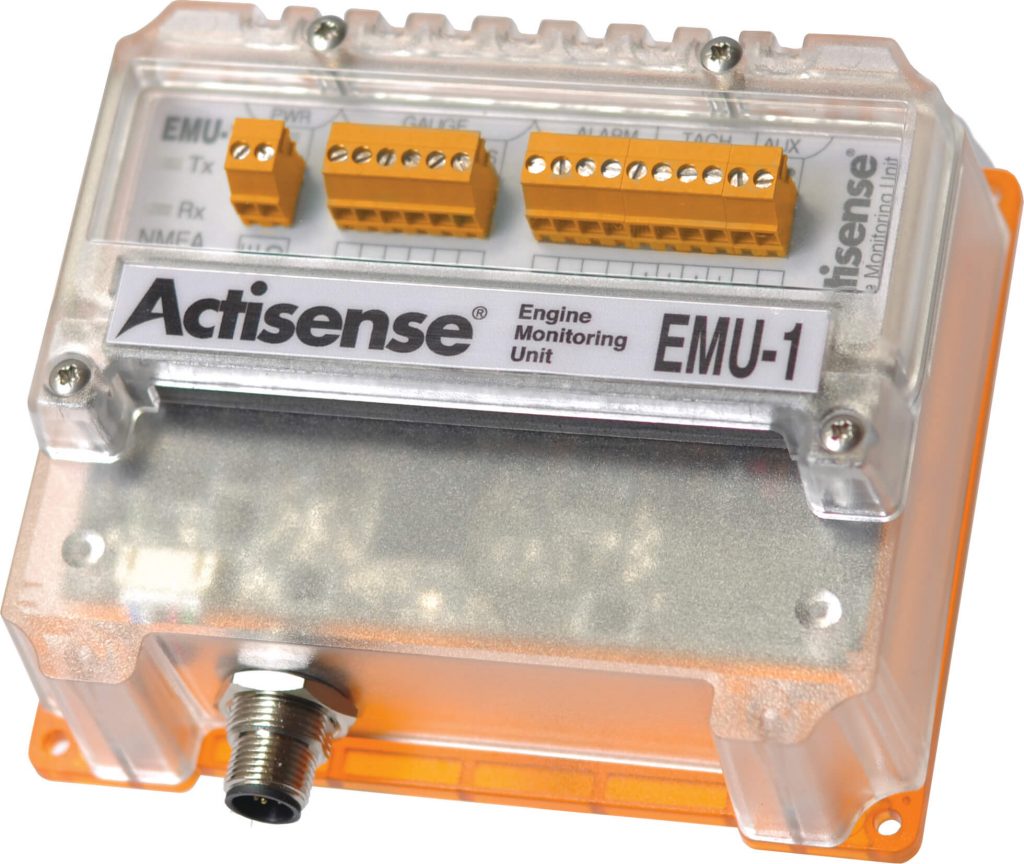
Conclusion
In summary, the cost of renovating an installation, or replacing legacy equipment is vast, depending on your requirements and personal preference & budget. It is achievable to upgrade your on board electronics for around £2500 (including the cost of infrastructure products like cables and connectors to build your network). Don’t forget your minimum NMEA 2000 system requirements (2x Terminators @ appox £12ea; a power insertion T-piece @ approx £35; backbone and drop cables £-various). You can also use something like our Self-contained Boat Network which is a great “network in a box”, from approx £72.
There is a common misconception that upgrading to NMEA 2000 is unjustifiably expensive… hopefully this article manages to highlight the cost-effective ways of building on a budget, by buying to your NEEDS, not your WANTS.
I haven’t covered everything in this article, and of course there are extra instruments you may want to add in such as depth sounders, autopilots, weathervanes etc… but the same principle applies with these.
These totals are not fixed, and are constantly fluctuating due to market supply and demand, but as a rough estimate:
Cost-effective simple system: £2500-£3500
Comprehensive system: £4000-£9000
Top of the range system: £15000+
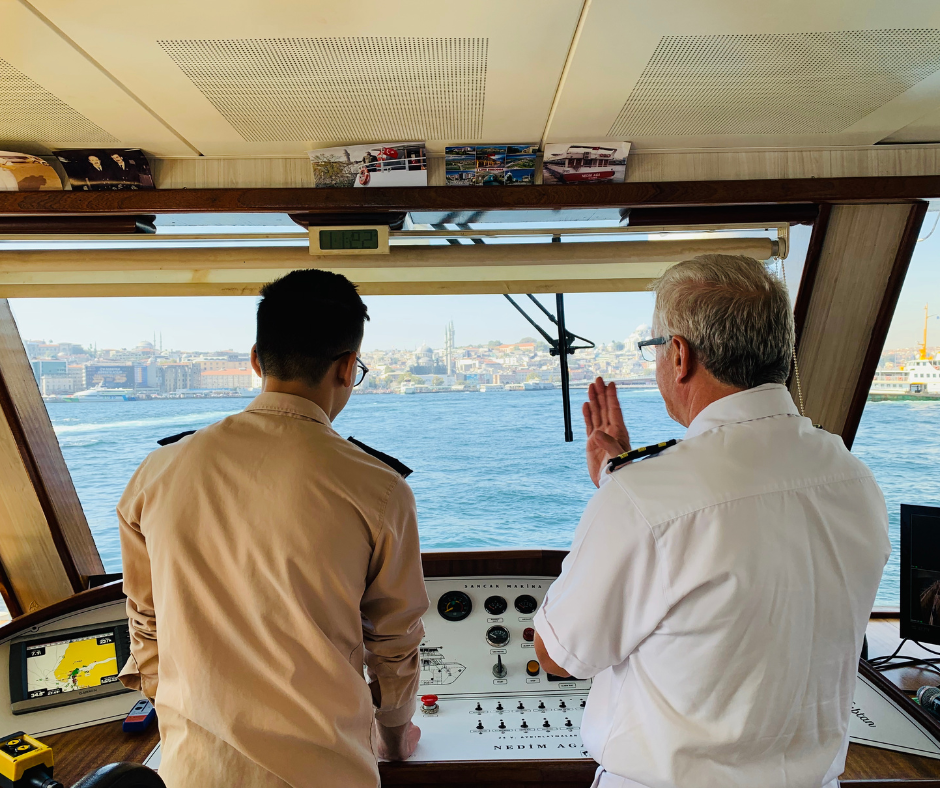
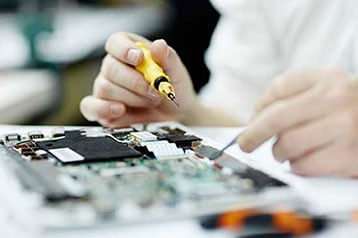

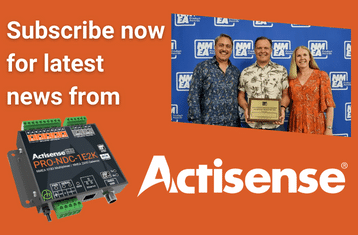
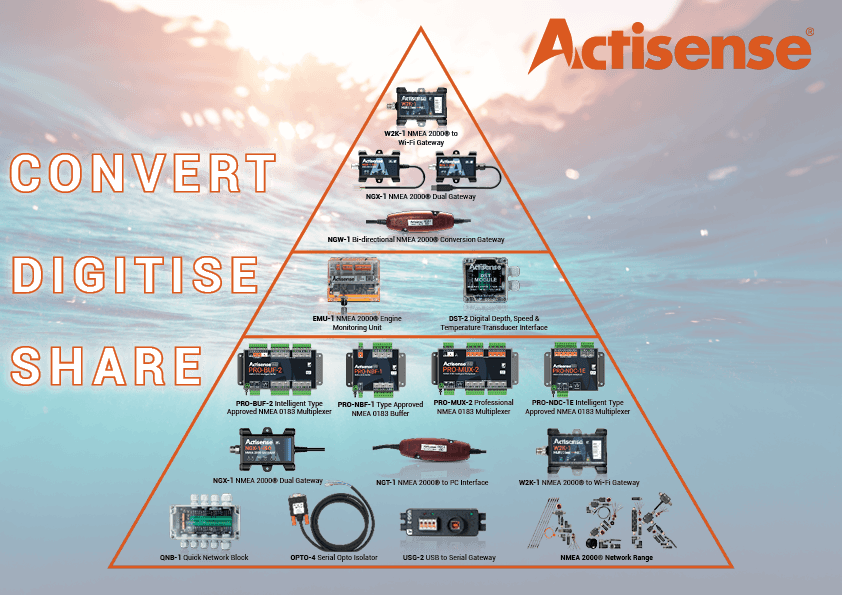
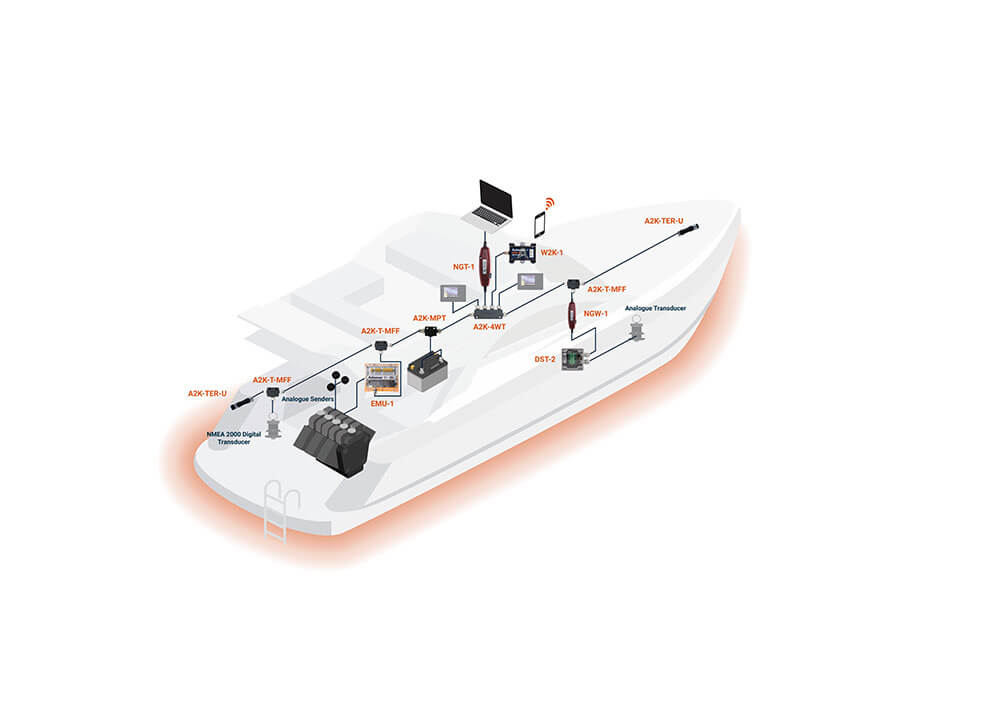 The basics of building and testing your NMEA 2000 Network
The basics of building and testing your NMEA 2000 Network 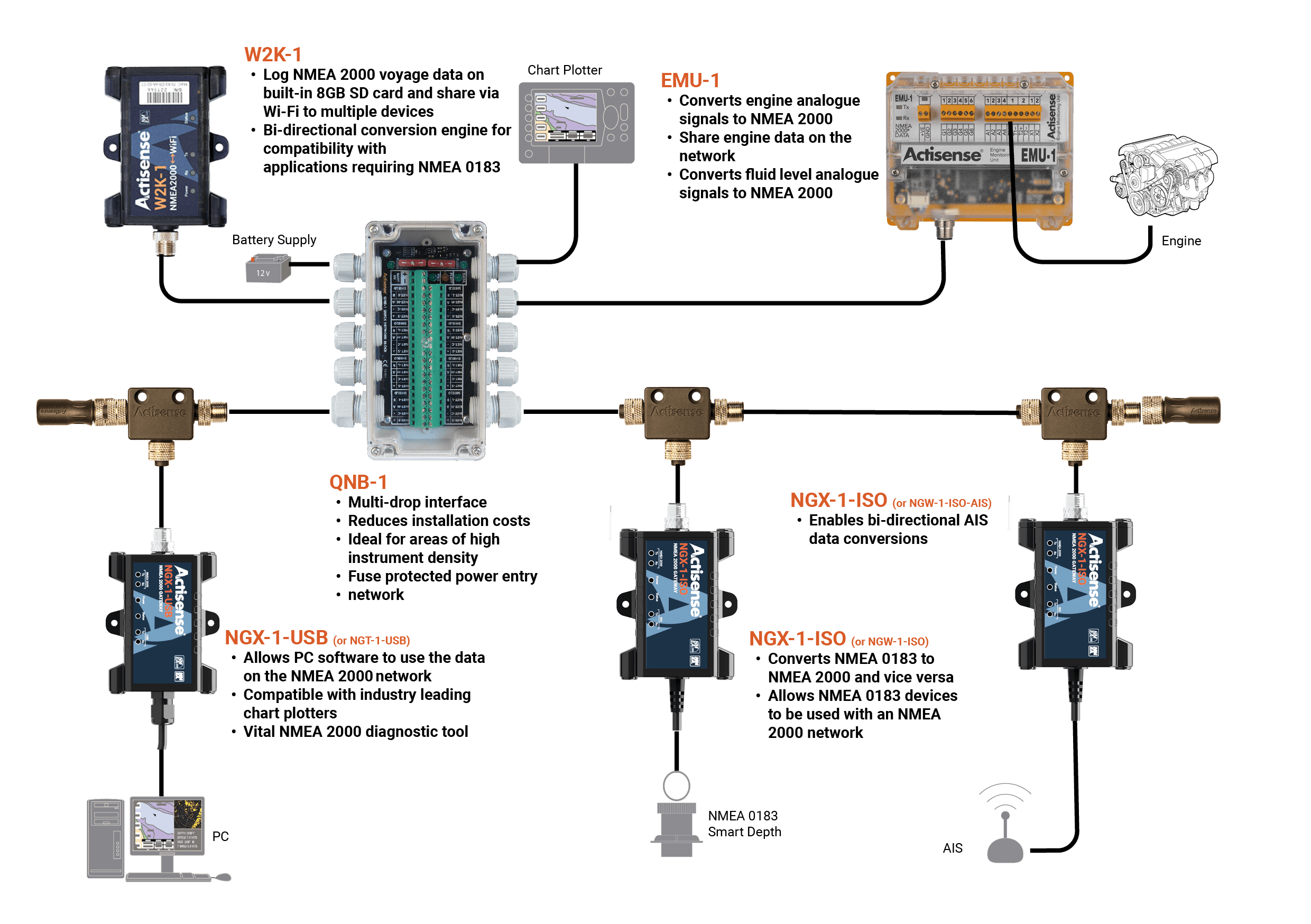 3 fundamentals of designing a fault free NMEA 2000 network
3 fundamentals of designing a fault free NMEA 2000 network 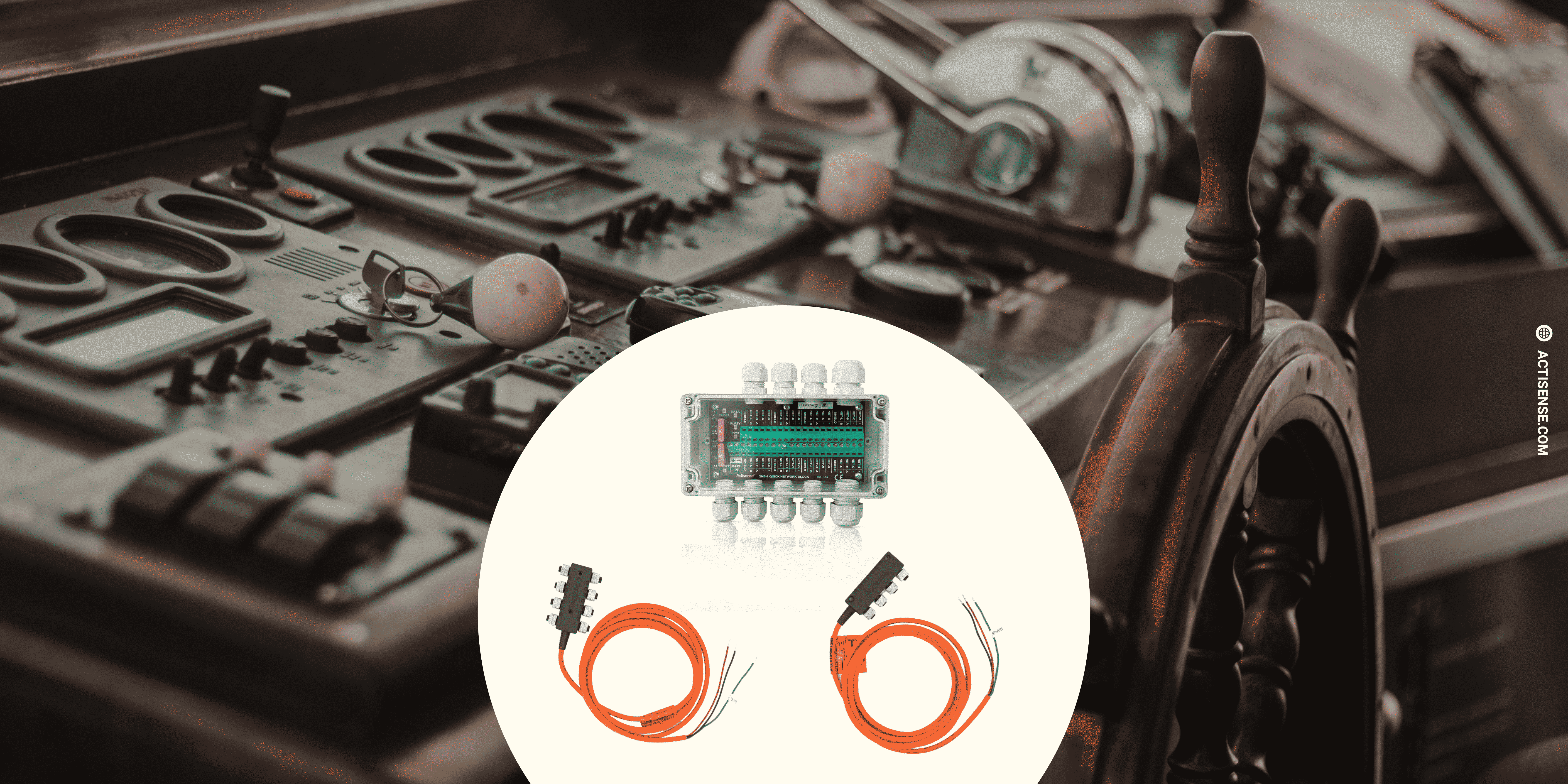 How to connect multiple NMEA 2000 devices with limited space onboard
How to connect multiple NMEA 2000 devices with limited space onboard